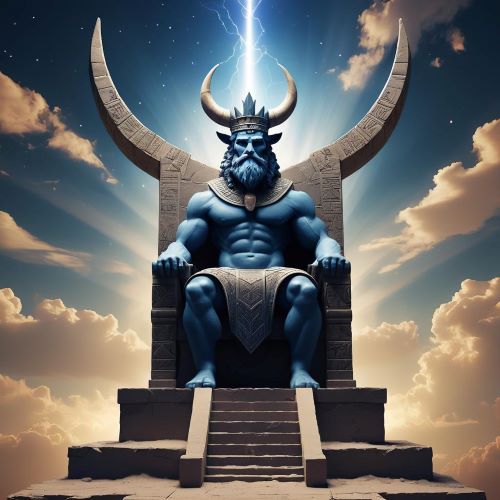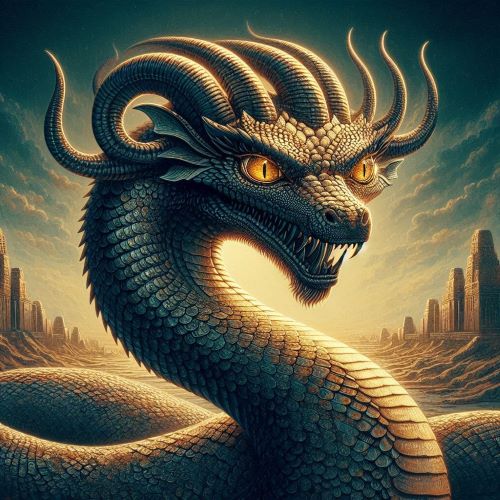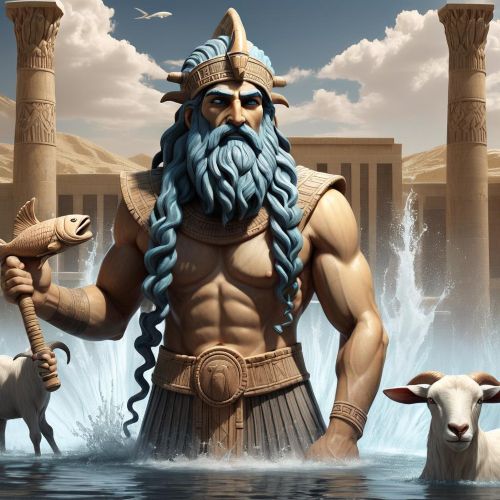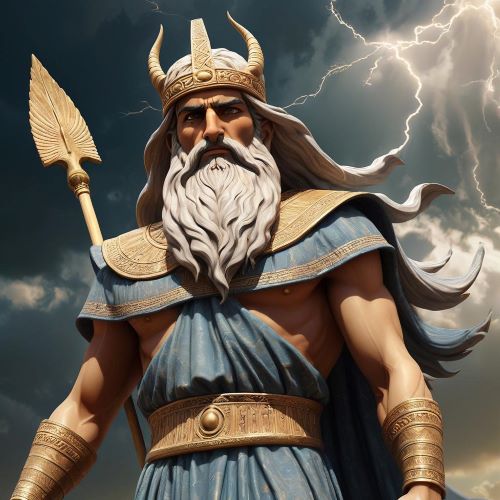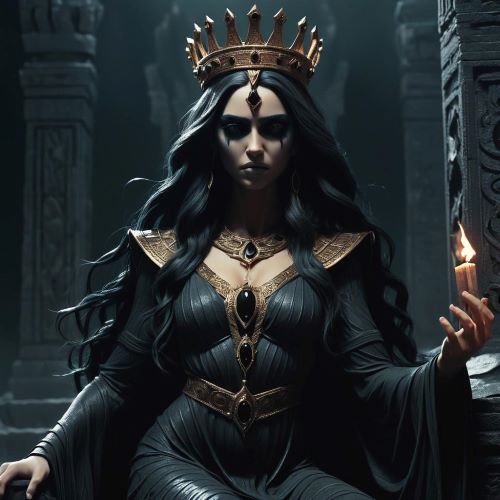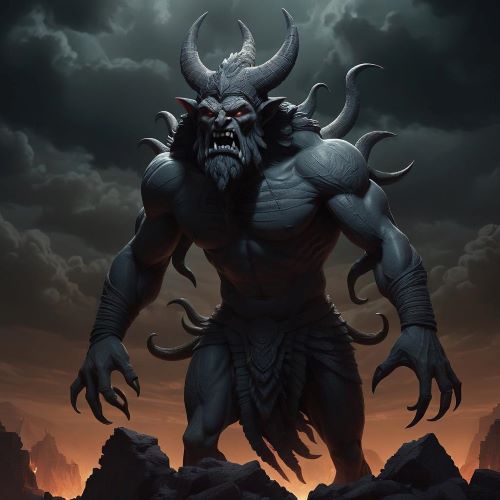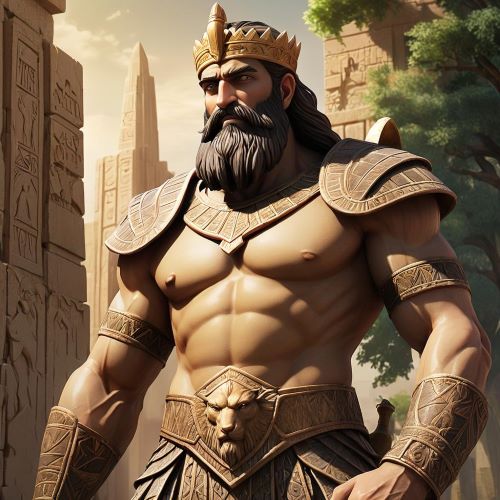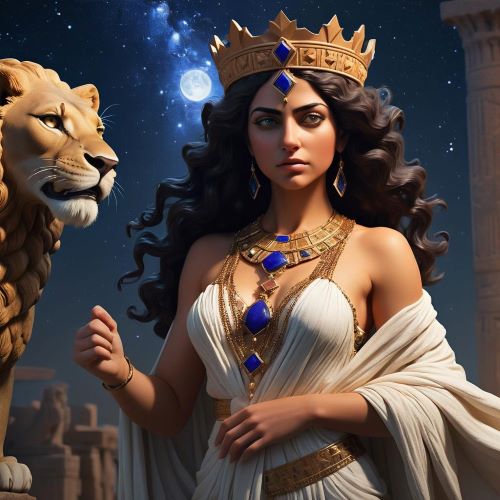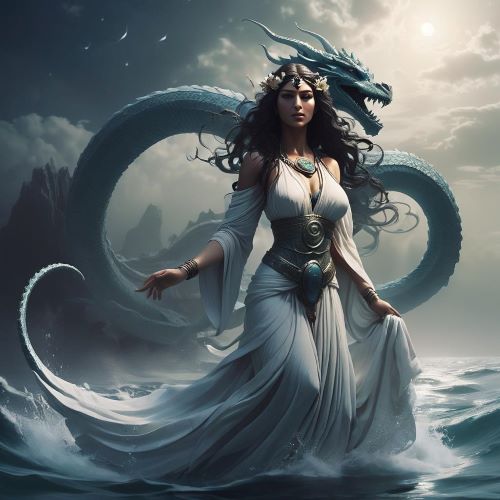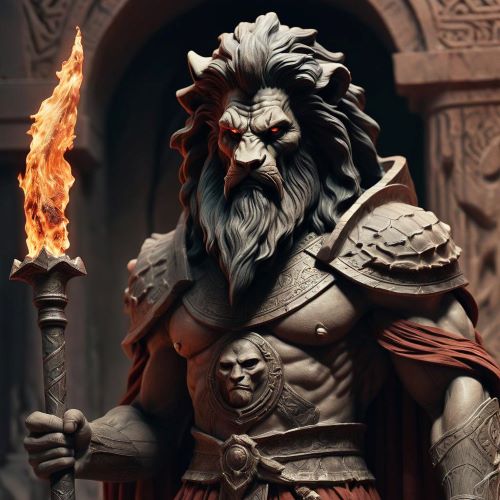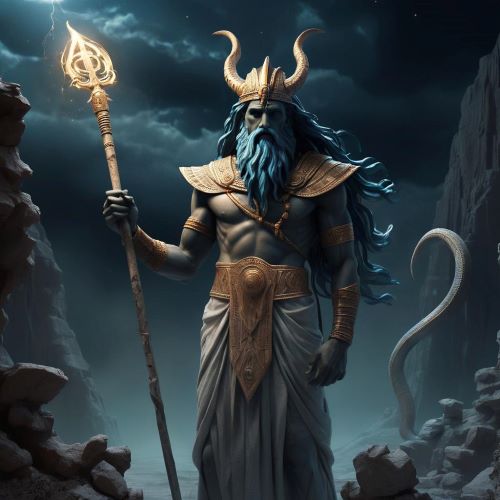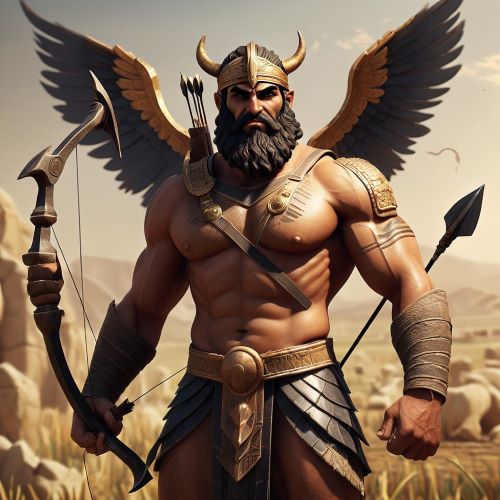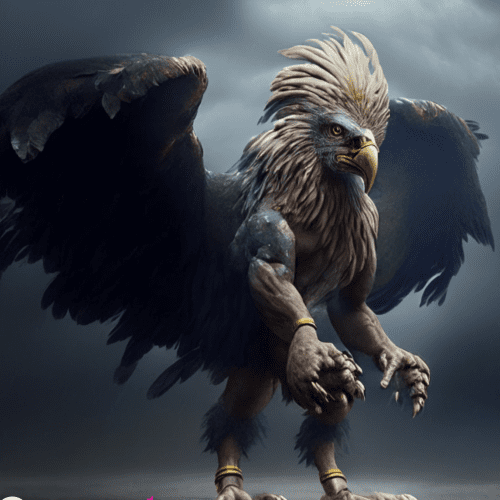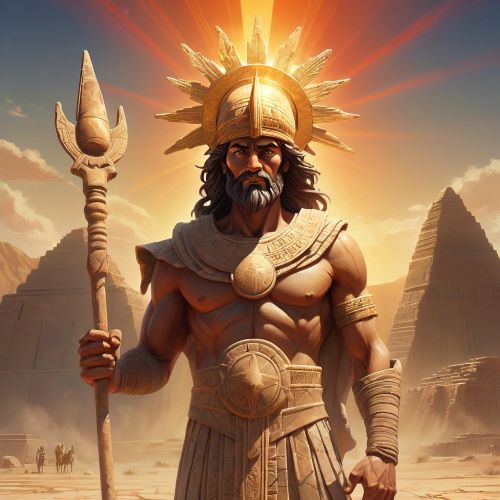Sumerian Mythology
According to the Sumerians, the universe began in a series of cosmic births. In the first instance, the primordial waters of Nammu created Ki, which is the earth, and An, which is the sky. Ki’s offspring, Enlil, then separated heaven and earth. Humans were created by Enki, the son of An and Nammu. Heaven was reserved for the gods, and after their deaths, their spirits would go to Kur, a dark, cold, underground cave. It was ruled by Ereshkigal, and there was only one source of dry dust in the cave.
The gods of the Sumerians included An, the god of the sky, Enlil, the god of wind and storm, Utu, the god of the sun, and the goddess of fertility, Ninhursag. Inanna, who was also known for being the goddess of beauty and sex, was also a popular deity during the Akkadian Empire. There were also many myths about her descent into the underworld. The religious beliefs of Mesopotamian peoples were heavily influenced by the Sumerians. This religion is also commonly referenced in the religions and mythologies of other Middle Eastern cultures, such as the Akkadians, Assyrians, Babylonians, and Hurrians. Scholars have also noted the similarities between the ancient and modern mythology of the Sumerians.
It’s widely believed that the Sumerians started their civilization sometime between c. 4500 and 4000 BC. During this time, they developed a polytheistic religion, with various deities that represented both terrestrial and cosmic forces. The earliest written record of the religion dates back to around 2900 BC. The primary deities of the polytheistic religion were identified as An, Enlil, and Ninhursag.
Early in their lives, the gods of the Sumerians were known to behave in a humorous manner towards one another. However, they were also believed to be involved in a cooperative creative order. Urbanization brought about a change in the way the Sumerians viewed nature. During the third millennium BC, the society became more urbanized, which led to the loss of the traditional associations with nature. Each city-state had its own deity, and these were believed to protect the interests of the city. There were also many lists of prominent Sumerian deities. The importance of the gods and the relationships between them were examined in the cuneiform tablets.
The Akkadians conquered the Sumerians during the 2000s BC. They then merged their gods with those of the Sumerians, which caused the religion to become Semitic. Male deities were also dominant, and the gods lost their traditional associations with nature. The gods were also regarded as living in a feudal society. Some of the most powerful individuals in the religion were Enki and Inanna.

